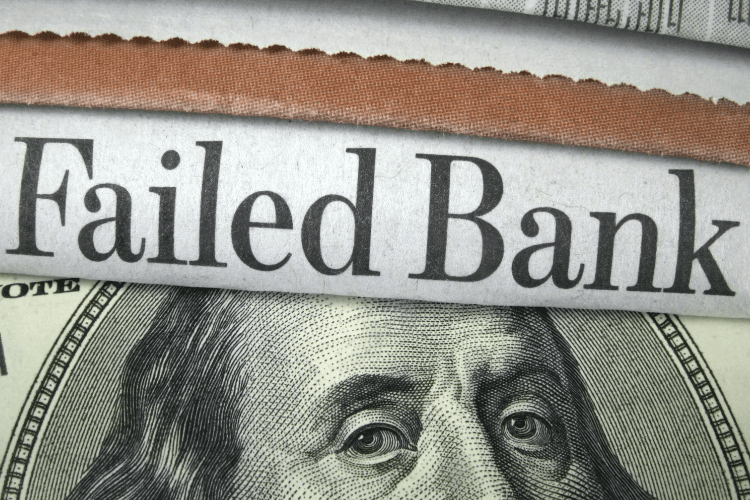Explaining the Price-to-Earnings Ratio (P/E)

If the term “ratio” gives you terrible high school math flashbacks, don’t worry. The price-to-earnings ratio makes sense and even offers insight as you sharpen your investing skills.
Benjamin Graham, the “Father of Value Investing” and Warren Buffett’s mentor, popularized the price-to-earnings ratio as one of the quickest and easiest ways to determine the worth of a stock.
If you have any desire to dabble in the stock market or make your millions investing, you definitely need a working knowledge of the P/E ratio to guide your investment strategy.
What Is the Price-to-Earnings Ratio?
The Price-to-earnings Ratio, commonly referred to as the P/E Ratio, shows the relationship between a company’s stock price and its earnings per share (EPS). That might not make sense on the surface, so let’s break it down.
At its core, the P/E ratio helps investors determine whether a stock is over- or under-valued relative to other stocks in the same sector. It’s a benchmark that determines where a stock lands on the spectrum of cheap-to-expensive. Although it’s not perfectly precise – it has its limitations – the P/E ratio is still a helpful calculation.
Unlike a stock price, which reflects the value investors are willing to place on stock, the P/E ratio shows how much investors are willing to pay for every dollar of the company’s earnings.
Calculating P/E
The price to earnings ratio calculation looks like this:
P/E Ratio = Market Value (Current Stock Price) / Earnings Per Share
If a company, let’s say Tasebook is worth $200 per share, and it’s EPS is $5, it’s P/E ratio is 40 ($200 / $5 = $40).
The P/E ratio reflects the amount an investor is willing to pay for $1.00 of a company’s earnings. (In the case given above, that’s $40). Graham, who was writing in the 1940s and 50s, said a stock’s P/E ratio should be about 15. Since then the average P/E ratio of a group of stocks, like the ones in the S&P500, has gone up and down. During the dot-com bubble of the early 20th century, P/E ratios were around 200.
Sometimes a company’s stock will be very expensive even if the company doesn’t have any earnings, in which case it has no P/E ratio! Generally, however, a high P/E ratio indicates people who own the stock think it’s earnings will be higher future, and they want to get in on the action now.
For Graham, Buffett and other “value investors,” a low P/E ratio means a stock is undervalued by the market (maybe because it makes good money but it’s not “sexy”), which means it’s a good stock to buy.
Earnings Per Share
Let’s look at an example. Say a company reports basic earnings per share of $2 and the stock sells for $20 per share. This means the P/E ratio is $20 per share divided by $2 earnings per share. The math comes out to 10. In other words, investors are willing to pay $10 for every dollar of earnings.
You might hear investors explain this as the stock “trading at a multiple of ten.”
But where does 10 fall on the spectrum of P/E ratios? Is it high or low? That’s a hard question to answer unless you compare it to stocks of similar companies.
Take a look at Bank of America vs J.P Morgan at the end of 2017. Bank of America closed 2017 with a stock price of $29.52, and earnings per share (EPS) of $1.56, and a P/E ratio of 18.92. This means Bank of America traded at nearly 19 times its earnings. J.P Morgan, meanwhile, closed the year with a $106.94 stock price, a $6.31 EPS, and a P/E ratio of 17.00. In other words, J.P Morgan traded at 17 times its earnings.
Why Does It Matter?
Using the example of Bank of America and J.P Morgan above, you can start to understand the importance of the P/E ratio. Bank of America’s higher P/E ratio implies that investors expected higher earnings growth in the future than the investors of J.P Morgan.
Investors like to use the P/E ratio to identifyu companies likely to issue higher dividends or appreciating stock. Using P/E calculations, investors may even influence which stocks become more popular and gain traction based upon their predictions.
Just remember that no single ratio or statistic can paint the full picture of a stock’s potential. Use a variety of financial tools to determine where your investments belong.
Read about micro-investing and how to get started with our complete guide: Micro-Investing: What It Is, Why It’s for You and How to Start.










